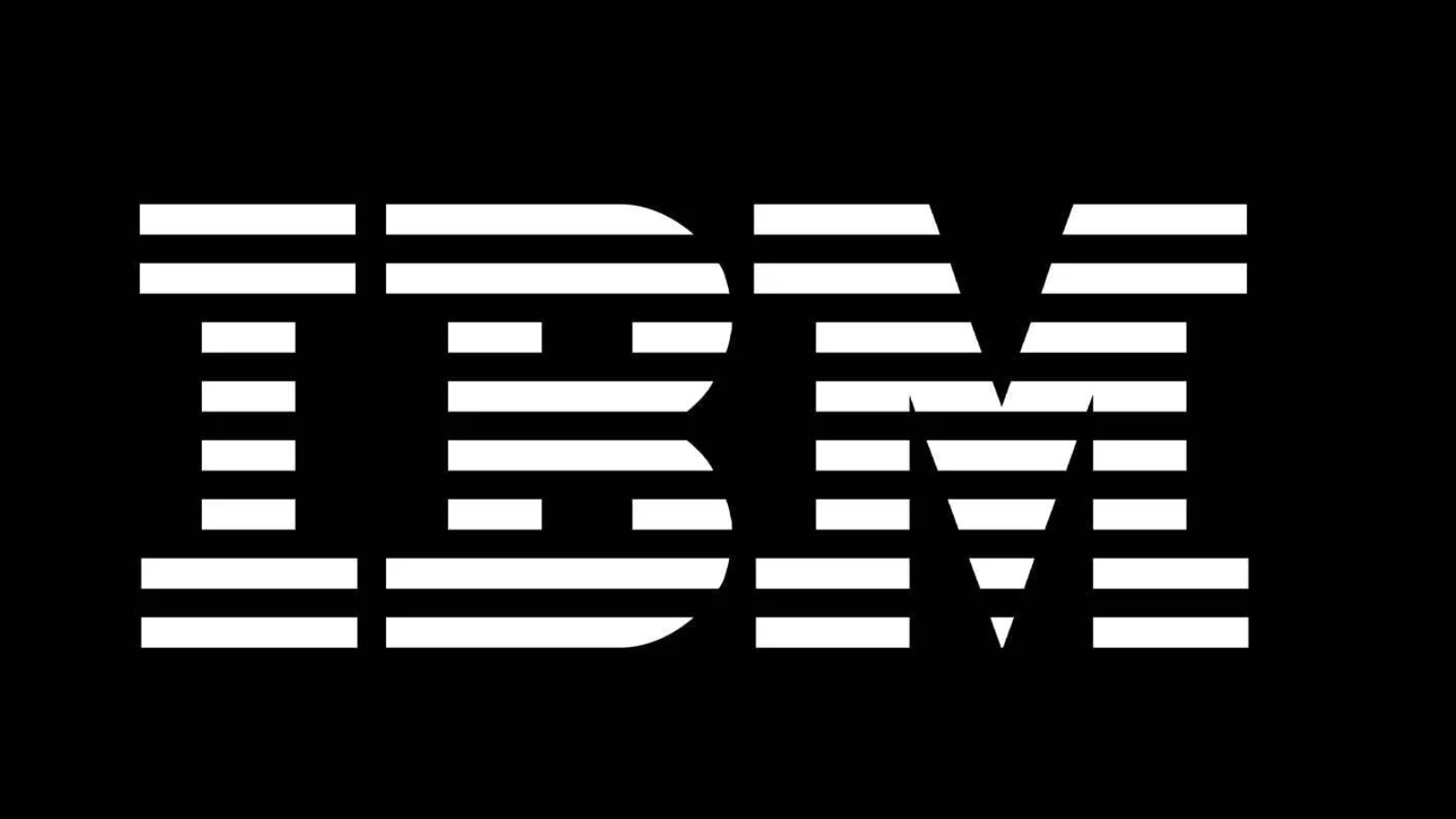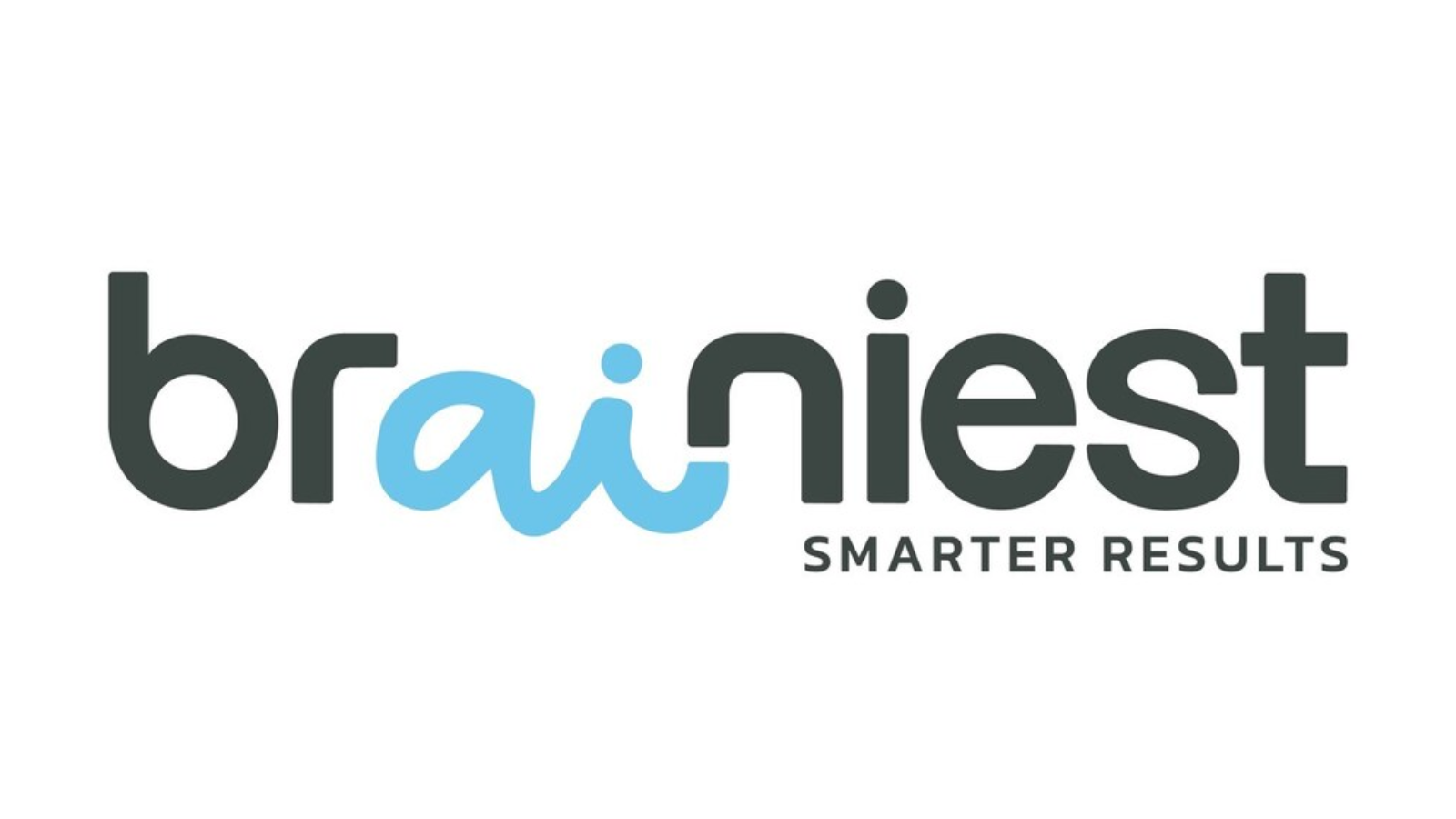How do you see the role of data analytics evolving in the next five years, and how is CLARA Analytics positioned to lead in this changing landscape?
Analytics in the insurance space has evolved from being descriptive to predictive. At CLARA Analytics, we not only see what has happened with claims historically but also can predict what will happen, allowing us to become a digital claim co-pilot for the insurance professional to help them navigate the claim for optimal outcomes. Analytics are now becoming more narrative and prescriptive with the advancements of generative AI models. This will allow us to evolve our platform to take on more of the end-to-end process and eventually become a trusted digital member of the team — AI working alongside insurance professionals as a trusted partner.
As a thought leader in the industry, what are the key challenges you foresee for organizations in effectively leveraging big data and analytics? How can these challenges be overcome?
Internal data quality and having enough meaningful data to show industry trends and train industry-specific models are universal challenges with analytics. This is where companies like CLARA come in. Partnering with analytics-as-a-service (AaaS) providers will help you standardize your data and give you valuable data quality insights. It will also allow your models to be trained on large contributory databases for richer insights and more accurate predictions. The good news is that working with AI platforms like CLARA will be at a significantly lower cost than staffing up an internal analytics team.
CLARA Analytics focuses on providing insights for risk management. Could you share an example of how data analytics has helped a client identify and mitigate potential risks effectively?
I hear about social inflation and the rising cost of litigation almost daily from insurance executives. This serious problem is driven by several factors including general economic inflation and the increased investment by hedge funds into third-party litigation funding. Third-party litigation funding has been a profitable investment vehicle. Demonizing insurance companies in large advertising campaigns and then seeking large settlements is driving up the cost of insurance for everyone. According to the American Property Casualty Insurance Association, the number of awards to injured parties greater than $1 million granted by juries and judges increased by 235% in 2012–2019 compared to 2005–2011.
One of CLARA’s goals with our customers is to lower the amount of attorney involvement through a predict and prevent strategy. We do this by using machine learning trained on millions of claims to accurately predict attorney involvement and alert the carrier to accelerate the settlement of a claim. We also rate attorneys based on their past performance, which helps carriers play legal “Moneyball” in optimizing their defense strategy. Plaintiff attorneys are spending a fortune mining data to optimize their litigation strategy, and it is time for defense attorneys to do the same.
What emerging trends or technologies do you believe will have the greatest impact on the insurance and risk management industry, and how is CLARA Analytics prepared to adapt to these changes?
Generative AI is certainly an interesting technology to watch as it becomes more advanced and able to complete tasks that historically required human intervention. CLARA is adopting this technology to make our insights and alerts more narrative. We are already providing claims decision support, and with the additional generative AI capabilities, the explainability of our models and output of our insight will be richer. CLARA is building and training an AI platform with the help of machine learning and generative AI technologies that will eventually become a digital adjuster twin that works as a trusted member of the insurance claims organization.
In today’s data-driven world, privacy and security are major concerns. How does CLARA Analytics prioritize data privacy and ensure the security of client information while delivering valuable analytics solutions?
Building trust is our number one priority. Our users not only need to trust that our AI is accurate but also that their data is secure. Because of this, we maintain high standards in data security and privacy. We also regularly review our policies and procedures to maintain the trust of our customers.
Thought leadership often requires driving innovation and change within an organization. Could you share an example of a time when you spearheaded an innovative initiative at CLARA Analytics and the impact it had on the business?
At CLARA, each employee has some level of equity in the company, and with that, we are all incentivized to act as owners. This has built a culture of innovation across our data science, engineering, and product management teams. You never know where a great idea will emerge. One of our most popular products, CLARA Optics, came from our team pushing the envelope of what AI could do to automate the laborious process of filling out Medicare Secondary Payer (MSP) forms. MSP compliance requires nurses to review medical records and document expected future medical expenses.
In the effort to automate manual document review for this niche process, we unexpectedly created a new product, CLARA Optics, which is revolutionizing the entire claims process. In the past, claim adjusters and legal teams had to spend hours poring over hundreds of pages of documents for one single claim. CLARA Optics, developed for the MSP process, is now more widely adopted and eliminates more than 80% of document review time for both legal demands and medical records.
With the increasing adoption of artificial intelligence and machine learning, how does CLARA Analytics leverage these technologies to enhance its analytical capabilities and deliver more accurate insights to clients?
Our core platform is driven by AI and machine learning. We continue to add new technologies with the vision of creating an autonomous digital adjuster that will work alongside the human adjusters as a trusted co-pilot and partner. The rise in popularity of AI solutions like ChatGPT has really helped to grow demand for our services. It is exciting to not have to convince prospective customers that AI is what they need to invest in and instead now focus on the fantastic things that can be done with AI.
CLARA Analytics prides itself on providing actionable insights. Can you discuss the importance of translating data into tangible business outcomes and how CLARA Analytics supports its clients in this process?
AI solutions that provide actionable insights only drive value if they are acted on by the user. To facilitate adoption, each customer is assigned a customer success manager (CSM) who has prior work experience as a claims adjuster, so they are intimately aware of the business processes. The CSM stays with the customer from onboarding and through renewal. Their main goal is to drive adoption and measure real benefits. At the time of onboarding, the team captures a baseline and benchmarks the customer’s historical performance. On a quarterly basis, we measure ROI reports that show the correlation of the alert adoption to actual outcomes from closed claims.
Reporting is just the first step. Outside of ROI reports, we conduct onsite workshops to better understand operations and look for opportunities to integrate the CLARA signal to drive additional ROI. We use these workshops to get the voice of the customer into our AI platform and improve product utilization. We continue to repeat this process of workshops, ROI reports, and product development in a virtuous cycle that ultimately results in millions of dollars of savings for each customer.
In your opinion, what are the key skills and qualities that future leaders in the data analytics field should possess, and how does CLARA Analytics foster the development of these attributes within its teams?
A future data and analytics leader needs to approach analytics as if they are running the organization and approach data as if they are protecting the organization. When you approach analytics like an owner or CEO, you build insight applications that drive top-line growth, bottom-line savings, or R&D opportunities. It’s important that your analytics are always driving to some business outcome. I grew up in the data field over the last 20 years ingraining in my mind that accurate data, governed data, secured data, and accessible data were the only way to win in analytics. They both need each other, and it’s important to respect that. At CLARA, we are driving outcomes for our customers because of our insights, but that starts with our employees thinking as owners and building AI applications working side-by-side with our clients. Our cross-functional teams work together across data quality, security, and data engineering to ensure they are adhering to their processes.
As a CEO, what advice would you give to other leaders in the industry who aspire to drive innovation, establish thought leadership, and create a positive impact within their organizations?
We are all trying to drive the best outcomes possible in this complex ecosystem of insurance. Specifically in regard to claims, that means there is a lot of transformation underway across the board. At CLARA, we are innovating with our customers, listening to their adjusters, and finding ways within the workflow to help them be more predictive and efficient. Our R&D is only as good as the time we spend listening and learning from our clients’ needs. Only then can we create positive impact for our clients, establishing thought leadership by doing so. When our claims clients are having challenges, we see that as an opportunity to be their partner and find innovative solutions to create that positive outcome for them and us.
For more information on CLARA Analytics, the leading provider of artificial intelligence (AI) technology for commercial insurance claims optimization, visit https://claraanalytics.com/, and follow CLARA Analytics on LinkedIn, Facebook and Twitter.










Leave a Reply